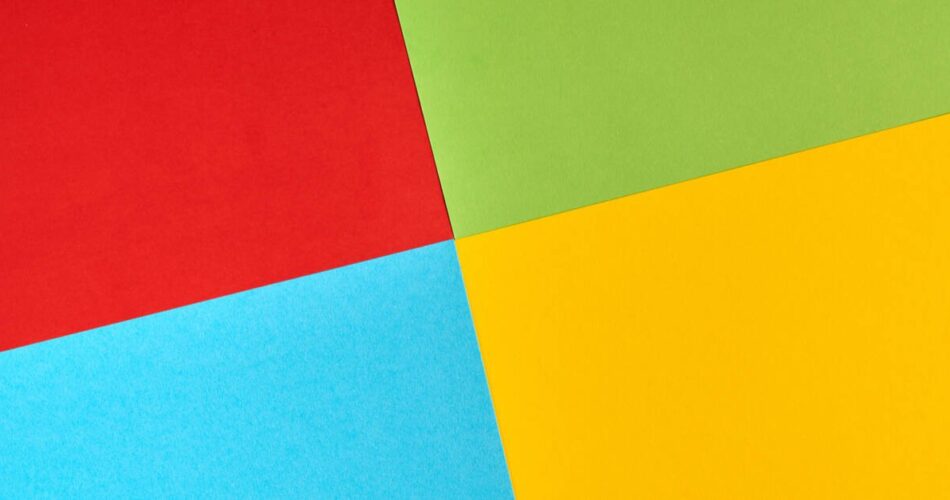The Microsoft Windows Insider programme is preparing to bid farewell to the Ninjacat imagery, replacing the headband-wearing feline with something more akin to a corporate healthcare plan.
While old favourites including Clippy seem to be enjoying a renaissance, Microsoft is set to shove its furry friend into the same cupboard it keeps those leftover Bands, a stack of unsold Zunes, and something called Kin.
We noted the arrival of the new Windows Insider progamme icon last week, and sources close to Microsoft told The Register this meant an end to the creature.
We asked Redmond, which would not make an official comment on the matter. However, it looks very much like the end of the road for the image in the Windows Insider programme in favour of something to represent “the community of people who love and help shape the future of Windows,” and don’t need cats or red bandanas to do it.
Let’s take a moment to consider the origins of the Ninjacat – something company apologists once said made Microsoft “cool again” – and a peculiar time in the software giant’s history when it was grappling with its identity. And if you’re wondering what a ninja cat looks like, here’s an idea, from its Unicode form:
There’s nothing better than cats + internet. ??
Set your emoji game on fire by learning the secrets of the Ninja Cat emoji ?? https://t.co/w4zr7Uhydr#Emoji #NinjaCat #Dev pic.twitter.com/dI9krS9pld
— Microsoft Developer UK (@msdevUK) January 24, 2022
Our story goes back to 2014, when CEO Satya Nadella had just grabbed the controls following a disastrous decision to snap up Nokia’s mobile phone division. Writing in a 2016 entry in Raymond Chen’s The New Old Thing blog, creator KC Lemson explained where the kung-fu kitty came from.
Lemson was working on a presentation concerning what would eventually become Windows 10. A joke slide commenting on the dysfunctional organisational structures of the time was animated into something featuring unicorns, rainbows, kittens and puppies, inspired by Jason Heuser’s “Welcome to the Internet“.
People like a meme, and the slide snowballed first within Microsoft and then outside the company as customers began sharing it. Stickers turned up on laptops. T-shirts were made. Mashups were mashed up and so on. Was Microsoft “super cool”? We’re not so sure, but the enthusiasm of the team behind the scenes was undeniable.
“In particular,” wrote Lemson, “what I loved seeing is how fans made it their own, creating their own mashups and designs, as the spirit of the ninjacat isn’t really specific to any particular image, it’s more about the general concept of holding the Microsoft flag and being proud of what we’re doing… and well, because it’s the internet, cats and memes are involved.”
As time wore on, however, some of the fun soured a bit. Adopted by the Windows Insider programme as its mascot, the Ninjacat presided over a precipitous decline in the quality of Windows 10 while management appeared more concerned with taco hats and furry friends than putting out fires.
As for Windows 10, its nadir of borkage was probably 2018’s disastrous Update of the Damned in October, which wiped the data of some users. In 2019, the then leader of Windows Insider team, Dona Sarkar, departed for pastures new to be replaced by Microsoft veteran and Windows Phone escapee Amanda Langowski.
If the Ninjacat was emblematic of the freewheeling Microsoft that gave us Windows 10, there is a certain sense of inevitability that Windows 11 should mark the retirement of its imagery for Windows Insiders at least. Even if the replacement, supposed to foster a sense of community, left us thinking more of the healthcare plans required by those forced to patch the patches emitted by the Windows behemoth.
Farewell then, Ninjacat. Your spirit might live on but your face, sadly, no longer fits. ®



